
Operation and Range of Application of Heat Cost Allocators
Joerg SchmidtФункционирование и область применения радиаторных распределителей
The First Decree on heat cost allocation (HKVO) was put into effect on 1st of March 1981. Main activator for the decree was the first oil crisis in 1973.
At the moment of the issue of HKVO c.a. 8,4 mio of flats have been concerned and about 6 mio of flats had already been equipped by allocation devices. It means that actually the mass equipment of the dwelling houses with individual metering devices for heat cost allocation started several years earlier.
At that time as well as today the expected energy saving potential of heat cost allocation is 15% ~ 20%.The decree covers heating and domestic hot water provided by central systems. The focus of the decree is not on fair heat cost allocation but on the aspect of energy saving.
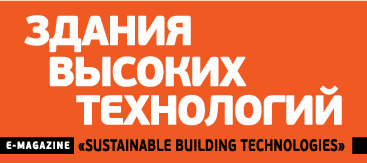 Range of application of heat cost allocation devices
Range of application of heat cost allocation devicesAccording to HKVO, there are mainly 2 types of devices for individual metering: heat cost allocators and heat meters. Heat cost allocators in their turn are also divided in 2 types: evaporation devices (HKVV) and electronic devices with electrical energy supply (HKVE). HKVV are designed, produced and approved in accordance with the Standard EN 835; for HKVE the main normative document is the Standard EN 834.
Heat meters for the heat cost allocation are directly measuring the value of heating energy consumption and must be gauged every 5 years. Heat cost allocators are measuring temperatures and calculating the approximate value, proportional to the heat emission of radiator, and they need not be gauged during their life cycle (typically 10 years). However, the readings of individual heat meters are used for the billing of heating costs in the very same way as the units of heat cost allocators. It means that during the billing the total heating costs of multifamily houses are always allocated proportionally to the readings of individual metering devices, either heat cost allocators (“measuring” in proportional units) or individual heat meters (measuring in physical energy units, kWh or kcal).
The choice of the convenient devices for the building depends on the piping of the heating system (vertical vs. horizontal threads). In heating systems with vertical piping (both in one-pipe systems and in two-pipe systems) only heat cost allocators can be applied. In the appliances with horizontal piping, when every apartment has its individual input of heat supply, it is possible to use heat meters as well as heat cost allocators.
The construction of electronic heat cost allocators includes following main units: radiator temperature sensor, room temperature sensor, processor unit, display, battery, casing and seal.
The temperature of the radiator or heat sensor is more or less close to the mean water temperature of the radiator. But this is not the case for the room sensor. At an excess temperature of the radiator of » 50 K, a typical room sensor temperature is about 35°C. Hence this is a systematic deviation (for each different type of radiator), this temperature difference between the heat sensor and the room sensor can be used as a basis for the heat cost allocation anyway.
At the same time, there exist electronic heat cost allocators with one sensor, which have only a radiator temperature sensor. In this case the ambient room temperature is programmed into HCA as a constant value of typically 20°C.
The basis of measuring principle of electronic HCA is physical dependence of radiator heat output on the access temperature of the radiator (so-called radiator characteristic, see fig.1)
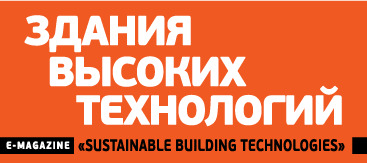
This diagram shows the characteristic of a radiator with an excess-temperature-exponent of 1,3 as a typical and representative value. The range of exponents for different types of radiators is 1,25 ~ 1,35 (1,40).
The characteristic of the counting rate of electronic HCA is principally following the radiator characteristic, depending on the type of device (1-or 2-sensor mode) and the brand of the heat cost allocator (fig.2)
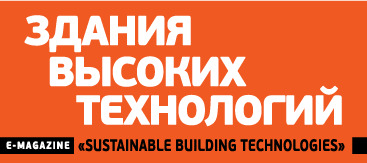
Device exponents lower than the typical radiator exponent of 1,30 are often seen in order to pre-compensate the heat output below the counting start threshold that is not counted by the HCA.
The c-value is an expression for the degree of thermal coupling of the sensors to the detected temperatures of the room heating system. It is defined as a temperature ratio. The c-value is used to calculate the rating factor Kc
For the HCA with one sensor, c-value is calculated according to the formula (1):
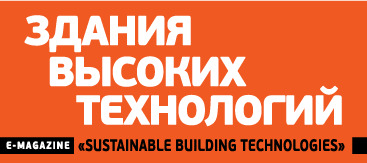 , where (1)
, where (1)
CHS –is the c-value for one-sensor HCAs,
ϑHS – is the temperature of radiator sensor,
ϑRAD,m – is the mean heat medium temperature of the radiator,
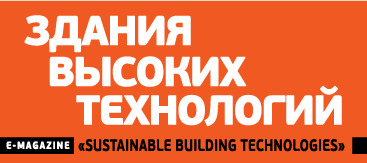 , where (2)
, where (2)
C2 – is c-value for one-sensor HCA,
ϑHS – is the temperature of radiator sensor,
ϑRS – is the temperature of room sensor,
ϑRAD,m – is the mean heat medium temperature in the radiator,
ϑA – is the reference (basic) ambient room temperature.
A typical value for c2 is about 0,5, which means that the sensor difference is about half of the excess temperature.
The better the contact of HCA’s back plate to the surface of the radiator is, the lower is the c-value (fig.3; source: Minol, Manual for heat cost billing).
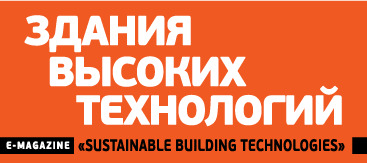
In fact for all types of radiators in the field the c-value(s) have to be determined by competent bodies. Regarding the huge amount of different radiator types in the flats this is a real challenge. But the long time experience in Germany proves that this challenge can be handled properly.
C-value tests and other measurements on HCAs in the HLK laboratory are performed in 2 types of test chambers: open test chamber according to the DIN 4704-2 and closed test rooms according to the standard for radiator testing EN 442.
When c-values are determined, the further calculation of HCA consumption units takes place. Basing on the information of the sensor difference in every time step (2 ~ 4 minutes) the counting rate of HCA is calculated by the algorithm of the device using the total rating factor K and another constant factor for to get convenient values.
Counting rate = K *Δtsensorsx * factor
Total rating factor
K = KQ * KC, where
KQ = Qn/Qbasic and Qbasic =1 kW (typically);
KC = 1/(1-c)x, so that ΔtRAD =KC * Δtsensors
KQ is given by the nominal heat output of the radiator for 90/70/20 typically and a reference value that typically is defined to 1 kW.
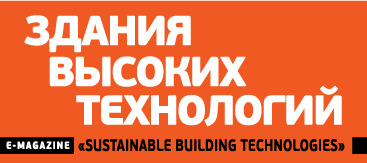 Application of KQ allows to consider the nominal heat output and size of the radiator. It means, for example, that the readings of two HCA on two radiators of different size with different nominal heat output Qn can be equal, but the consumption units, corrected by KQ factor, will be different proportionally to the value of Qn.
Application of KQ allows to consider the nominal heat output and size of the radiator. It means, for example, that the readings of two HCA on two radiators of different size with different nominal heat output Qn can be equal, but the consumption units, corrected by KQ factor, will be different proportionally to the value of Qn.
Similarly, application of KC allows considering better or worse thermal contact of the sensors to the measured mediums (heat medium in the radiator and ambient air). For example, the readings of 2 HCA can be equal on two radiators with the same nominal heat output, but of different type and with different surfaces, and after correction with KC value the total consumption units will be different.
The term „scale“ has its historical background from evaporators with their real scales. That term is still used for electronic HCAs. Unit scaled HCAs have the very same parametrization on each radiator. The rating with the total rating factor K is done on the bill at the end of the billing period.
Product scaled HCAs have an individual parametrization on each radiator. The display values are already rated with the total rating factor K and are at the same time the consumption values.
Unit scaled HCAs may be more convenient for the allocation and billing companies, as they can put their HCAs on the radiators in a property, fix manufacturer, type and dimensions of each radiator. The identification can be done later until the first bill has to be provided. Product scaled HCAs are more convenient and transparent for the users, as they can immediately compare the values of all their radiators in the flat.
In real practice, radiators can be connected to the heating system by several ways (fig.4; source: Bach, H. et al., Low temperature heating)
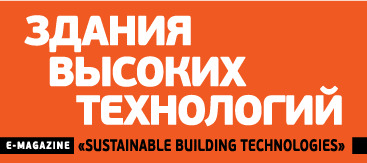
The impact of the two different top-bottom connections on the heat output is negligible, but for the bottom-bottom-connections this is not the case as the curves 3 and 4 in the diagram show. The reduction is up to 15%. And as the temperature stratification of the bottom-bottom-connections is differing as well the c-values and Kc-values are not the same as for the top-bottom connections. Conclusion: the connection should be taken into consideration when radiators are being identified and rated.
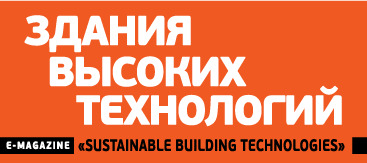
| ABOUT AUTOR |
|
Joerg Schmidt - HLK Stuttgart is an Accredited Testing and Inspection body and, especially, Competent Body A1 for testing Heat cost allocators. Company HLK Stuttgart GmbH and IGE (Institute of BuildingEnergetics) of the University of Stuttgart are independent institutions, but they are strongly linked by cooperation since the founding of the HLK company in 1979. Together IGE and HLK are managing the testing and inspection body „HLK Stuttgart“. Mr. Joerg Schmidt is one of two heads of the HLK Stuttgart GmbH and representative head of the testing and inspection body, which is directed by Prof. Michael Schmidt. |